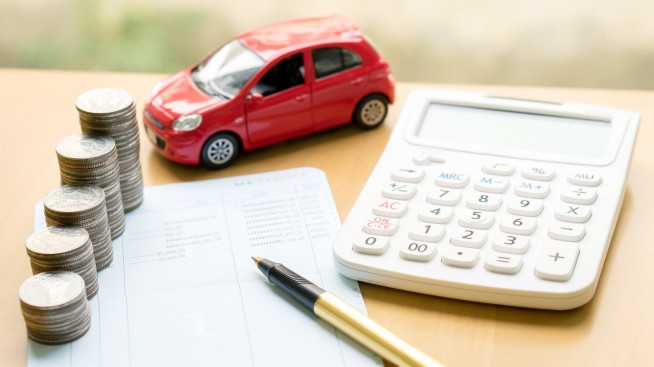What is an upside-down car loan?

When you buy a car, you’ll probably have to take out a loan to pay for it. You’ll then repay that loan to the lender over time, based on the terms of your contract. Simple enough. But occasionally, you may hear of something called an “upside-down” car loan.
An upside-down car loan occurs when the borrower’s loan balance exceeds the value of the car. This is a fact-of-life in auto financing, something most borrowers must live with, especially in the early stages of a loan when only a few payments have been made. Let’s find out more about how this scenario might happen and some things you should know.
Understanding upside-down car loans
Under ideal circumstances, a person takes out a loan to buy an asset they use for a few years while making payments. If they decide to sell the asset before the loan is fully paid, they can potentially use the proceeds of the sale to pay off any remaining balance. If things go especially well, they might even walk away with a little extra cash in their pocket.
That may be the case for assets that typically increase in value over time, like real estate. However, the average car usually loses value over time, making the balance of the loan greater than the car is worth for at least part of the loan term. Hence, an upside-down car loan, sometimes also referred to as an “under water” car loan.
Depreciation and negative equity
Depreciation is the official term for the loss of value an asset experiences over time. Many assets are subject to depreciation, particularly new cars, which depreciate the moment you drive off the lot.
If your auto loan goes upside-down, you’ll be introduced to another term: negative equity. This is the difference between your car’s value and what you still owe on the loan. Let’s simplify with an example: Suppose you borrow $10 to buy a book. After reading it, before the first payment has been made, pages are wrinkled and there’s a coffee ring on the cover. Now the book is only worth $8. That $2 difference, which you’ll still have to pay back to the lender, is your negative equity.
Risks of being upside-down on a car loan
If you’ve found yourself with an upside-down car loan and have an accident that totals your car, for example, some insurance policies would only pay out the market value of the car. You’ll still be responsible for any negative equity owed to your lender. A Guaranteed Asset Protection (GAP) product may help cover negative equity when a car is a total loss.
There’s also the possibility that you can’t keep up with your payments and need to downsize your car, or you need to swap your two-seater for a family van. If your auto loan is upside-down, you may not have the cash required to buy another car once you’re finished paying off your negative equity on the old one.
Common scenarios that lead to upside-down car loans
When you’re getting financing for your car, it may be helpful to take your time and ensure you understand what you’re getting into. Here are two of the most common scenarios that could lead to an underwater car loan:
No down payment
Making a down payment on your car is usually optional, but it can be helpful if you’re looking to avoid becoming upside-down later. Your down payment helps decrease the amount you need to borrow to pay for the car. This reduces the loan balance relative to your car’s value (known as the “loan-to-value ratio” or LTV), decreasing the odds of the loan going under water.
"Low" payments with long terms
Your monthly loan payments are a recurring reminder of your financial obligation. It’s natural that you may be tempted to keep those payments down to the smallest number possible. Unfortunately, this usually just means that your loan term will be longer.
More time to pay means smaller payments, but it also gives more time for depreciation to do its work, and a longer time for equity to build. If that weren’t enough on its own, a longer term also means a longer time for interest to accrue on your loan balance.
In summary
An upside-down car loan can present car owners with a number of potential challenges. Trying to sell your car or get a new one can be more challenging when you also have negative equity to consider. But remember, negative equity is a common and natural fact-of-life when financing a depreciating asset. Keep making payments on time, equity will increase, and one day your LTV will be 0%.



